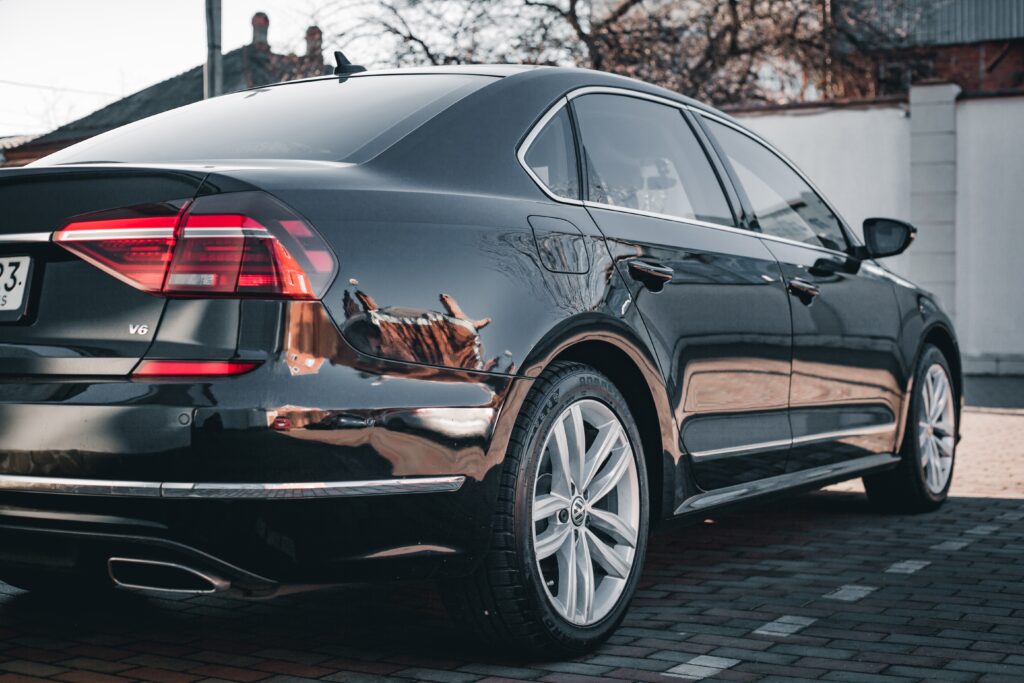The Estonian finance ministry has published a bill of the upcoming car tax in the country, which is supposed to go into the effect in 2025; according to the data from the ministry, the registration of a brand-new Honda CRV would cost €6,365 – an astronomical amount, considering the popularity of the model and the actual necessity of it on the Estonian roads.
According to the finance ministry, the new car tax concentrates more on taxing the environmental impact of owning a car – which means people who own heavier cars and cars whose carbon emissions are higher having to pay more. According to the finance minister, Mart Võrklaev (the Reform Party), the purpose of the bill is to reduce the environmental impact and the number of cars on the road.
The car tax would go into the effect in 2025 and the government expects to collect an additional €230 million from it. According to the plan, the annual car tax would have to be paid by 1 October every year; it will be paid by the owner, financer or leaser of the car, and the tax would be collected by the Estonian Tax and Customs Board.

The surprising part of the new car tax is that it will be in two phases. First, car owners will have to pay a registration fee, which, on some cars, will be significantly higher than currently, and second, car owners will be subjected to an annual payment.
A simple necessity
According to the estimate, published by the Estonian finance ministry, the registration fee for a new Honda CRV would be €6,365. The cheapest CRV currently costs €44,500 in Estonia, which means the car would essentially become about 15 per cent more expensive, just because of the car tax. The CRV’s annual payment would be €450, which, in comparison with, say, the Škoda Octavia (annual payment €50, registration fee €885), would be nine times higher.
Not to mention that the Honda CRV isn’t anything of a high-end car – it may be a simple necessity to many people living in the countryside. Considering the state of many Estonian roads, how they’re ploughed in the winter, many people living in the country may indeed opt for a lower-end SUV – like the CRV – but then would be taxed through their nose.
It’s also notable that, according to the finance ministry, the CRV produces 196 grams of carbon emissions for a kilogram of its weight. The Volkswagen Passat, according to the ministry, produces 150 grams of carbon emissions for a kilogram of its weight, but, despite only producing one quarter or emissions less than the CRV, the Passat would be taxed at €149 a year and its registration fee would be €2,205 – both over three times less than the CRV. And Volkswagen produces some pretty high-end Passats – which, Honda does not.

Nudging people towards more environmental vehicles
The most mystical registration fee, of course, is planned for the Porsche Cayenne – €16,565. Admitted, the cheapest Cayenne currently sold in the Estonian market costs a whopping €131,350, but the proposed registration fee for the Cayenne would make the car more than ten per cent more expensive. But then again, the Cayenne’s annual payment would be, according to the proposal, only €1,064 – just a little over 50% of that the CRV’s.
It’s important to note that the new cars sold in the European Union market are some, if not the most economical, the most fuel efficient in the world, because of the EU regulations. And yet, the finance minister claims that the cars in Estonia are the most polluting in Europe and people are buying even more cars – therefore, the purpose of the new tax is to stop people from buying new cars, to increase the “economical movement” and to “nudge people towards more environmentally efficient vehicles”.
“The logic here is simple – the bigger the environmental impact, the more polluting and heavier the vehicle is, the bigger will be the tax,” Võrklaev said in a statement, adding that it applies more to the registration fee, and the annual fee’s growth will be smoother. “The purpose of the tax is to guide people to make environmentally sustainable decisions when buying a new car.”

